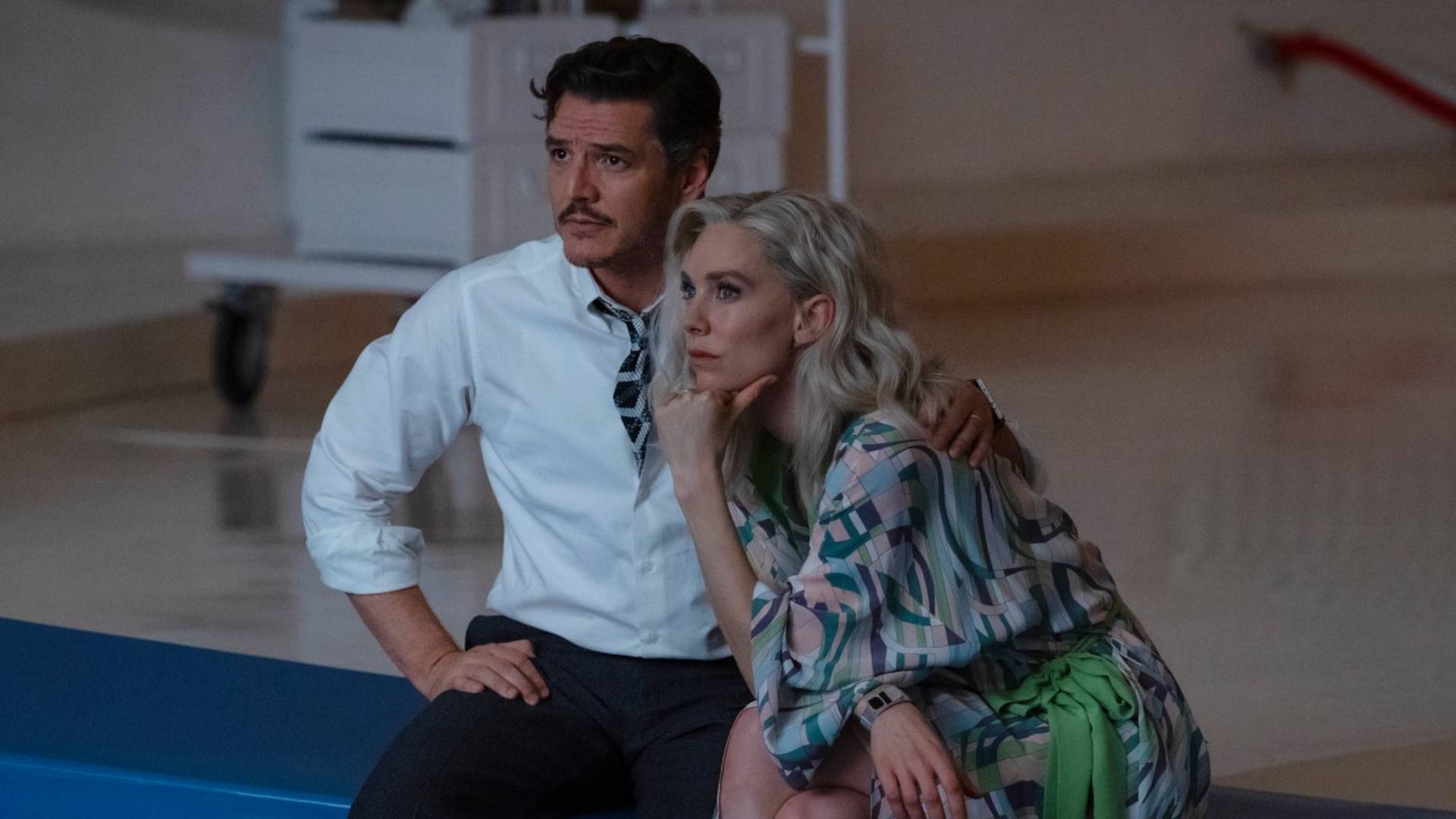
How will the rest of the Avengers get to the Baxter Building?
via MasterCollection / Raindrop.io <a href="https://ift.tt/nG4FC0d" rel="nofollow">https://ift.tt/nG4FC0d</a>

Nine Inch Nails: Help Me I Am In Hell (1992)
"Help Me I Am In Hell" music video. Directed by Eric Goode and Serge Becker.
via YouTube <a href="https://www.youtube.com/watch?v=CBOhQamGGuI" rel="nofollow">https://www.youtube.com/watch?v=CBOhQamGGuI</a>
Secrets of the Lost Tomb - A Masterclass in Abundance - Part One
Join the Dungeon Dive Patreon - Thanks for the support!
<a href="https://ift.tt/Ep3LS9A" rel="nofollow">https://ift.tt/Ep3LS9A</a>
Join the discussion on the Dungeon Dive FB group!
<a href="https://ift.tt/vuw2PTQ" rel="nofollow">https://ift.tt/vuw2PTQ</a>
Things discussed:
A. Merritt - <a href="https://ift.tt/YQSJoyp" rel="nofollow">https://ift.tt/YQSJoyp</a>
The Face in the Abyss (1931) - <a href="https://ift.tt/FWneOfB" rel="nofollow">https://ift.tt/FWneOfB</a>
Mr. Toad's Wild Ride - <a href="https://ift.tt/0zwmHfE" rel="nofollow">https://ift.tt/0zwmHfE</a>
Indiana Jones Adventure - <a href="https://ift.tt/rVpo4is" rel="nofollow">https://ift.tt/rVpo4is</a>
Tsui Hark - <a href="https://ift.tt/JfX4FQh" rel="nofollow">https://ift.tt/JfX4FQh</a>
Part One – <a href="https://youtu.be/3HUs08W6-8o" rel="nofollow">https://youtu.be/3HUs08W6-8o</a>
Part Two – <a href="https://youtu.be/V6AOpDTpCO4" rel="nofollow">https://youtu.be/V6AOpDTpCO4</a>
Part Three – <a href="https://youtu.be/qZi9yeRBf94" rel="nofollow">https://youtu.be/qZi9yeRBf94</a>
Part Four – <a href="https://youtu.be/eLhCLA0Jndo" rel="nofollow">https://youtu.be/eLhCLA0Jndo</a>
via YouTube <a href="https://www.youtube.com/watch?v=3HUs08W6-8o" rel="nofollow">https://www.youtube.com/watch?v=3HUs08W6-8o</a>
3D Naval Battles: The melee at Trafalgar
At The Battle of Trafalgar, a vicious melee develops as more and more British ships plough into the Franco-Spanish line.
#Shorts #Trafalgar #AdmiralNelson #Nelson #Navy #BritishNavy #History #MilitaryHistory #NavalHistory #Warships #EpicHistory #EpicHistoryTV #NapoleonicWars
via YouTube <a href="https://www.youtube.com/watch?v=QAS29EJkQPc" rel="nofollow">https://www.youtube.com/watch?v=QAS29EJkQPc</a>
The Noel Gallagher Guitars & Gear Interview
#The Oasis legend & High Flying Bird treats Dan & Mick to some epic sounds and stories!
Welcome to the show! Yes, It finally happened!
Noel Gallagher’s contribution to popular music cannot be understated. The multi platinum selling, endless award winning, mayhem causing, genre defining, monumental rock creating living leg-end has penned the soundtrack to literally millions of lives over the last two decades. For that we salute and thank him.
Today however, he pauses being a global superstar for about 1hr and 50 mins, to sit down and talk guitars, amps and pedals. Noel and his team kindly invited us to his studio in London where we got the chance to see some classic instruments and hear them at full-bore! We’ve never seen Noel open up like this about guitars and tones before, so please grab a beverage of your choosing and enjoy the chat.
Needless to say, we are incredibly grateful to everyone who helped make this happen, especially Mick, Noel's tech and Callum in the control room. Big thanks too to our old mucker Simon who made sure we were on point with the visuals. It’s a day we’ll never forget, thank you!
• Noel Summer 2023 tour dates, starting in the USA: <a href="https://ift.tt/t2IGkbr" rel="nofollow">https://ift.tt/t2IGkbr</a>
• New album, Council Skies by Noel Gallagher’s High Flying Birds is out June 2 2023. Go here: <a href="https://ift.tt/3ZxQwGD" rel="nofollow">https://ift.tt/3ZxQwGD</a>
• Subscribe to Noel’s channel: <a href="https://ift.tt/XWjvE8I" rel="nofollow">https://ift.tt/XWjvE8I</a>
• Official videos playlist: <a href="https://ift.tt/v6XBJEY" rel="nofollow">https://ift.tt/v6XBJEY</a>
Enjoy the show…
Interesting bits & go-to sections
0:00 Intro playing
1:30 Hello Noel!
2:35 The guitar behind the door
4:55 Marshall & WEM, two amps & early pedals
9:10 What about volume?
11:15 The Johnny Marr Les Paul
14:45 Cigarettes. And Alcohol of course…
19:00 Live Forever - birth of a songwriter
23:25 Other guitars & a love for simplicity
27:00 The genius of Johnny Marr
33:00 Moving on to WTS Morning Glory?
38:00 The hateful note… and AI songwriting
42:25 Noel & Bonehead’s simple formula
47:25 The move to semi-hollow guitars
53:45 Epi Riviera, Vox AC50 and SIB Echo Drive
56:00 Vox AC30 - WTS Morning Glory?
59:05 Noel and a Strat?!
1:02:40 Semi-hollow guitars and volume
1:05:30 No guitar in monitors
1:08:00 The red Gibson ES-355
1:15:25 Pedalboard!
1:25:05 Amps for High Flying Birds
1:29:05 Recording to a click?
1:32:00 Discipline
1:35:15 Noel loves presets
1:41:30 Going on tour & new record
1:46:21 We play out
We hope you enjoy this episode. Please subscribe to our channel.
You can buy TPS merch to support our efforts <a href="https://ift.tt/M3mZQKP" rel="nofollow">https://ift.tt/M3mZQKP</a>
We are on Patreon – crowdfunding for creatives
<a href="https://ift.tt/1HisnVA" rel="nofollow">https://ift.tt/1HisnVA</a>
Please visit our preferred retailers!
UK & Europe: Andertons Music <a href="https://bit.ly/3zaTX5Z" rel="nofollow">https://bit.ly/3zaTX5Z</a>
Australia: Pedal Empire <a href="http://bit.ly/2mWmJQf" rel="nofollow">http://bit.ly/2mWmJQf</a>
#noelgallagher #oasis #guitargear #highflyingbirds #guitar
via YouTube <a href="https://www.youtube.com/watch?v=oS6lMx8uxFQ" rel="nofollow">https://www.youtube.com/watch?v=oS6lMx8uxFQ</a>